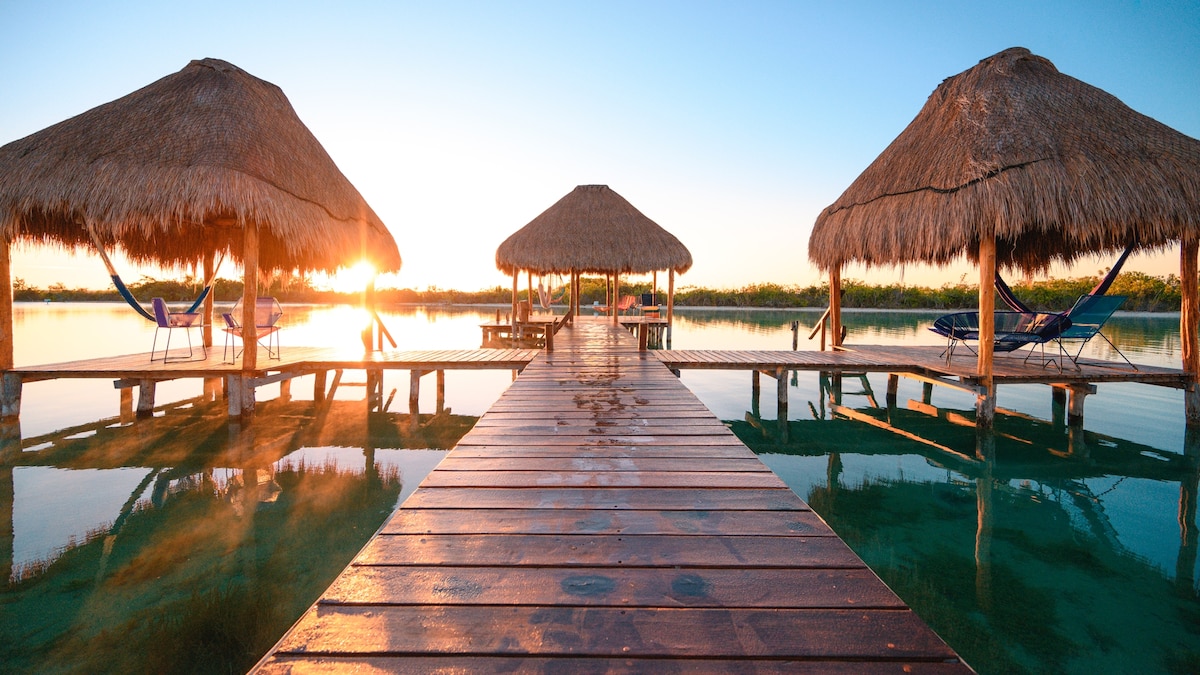Now Reading: Relax and Unwind in Mexico’s Serene Beach Town Bacalar
-
01
Relax and Unwind in Mexico’s Serene Beach Town Bacalar
Relax and Unwind in Mexico’s Serene Beach Town Bacalar

Quick Summary
- Bacalar, a waterfront town in Mexico’s Yucatán peninsula, offers an option to heavily developed tourist spots like Tulum and Cancún.
- Attractions include ancient Mayan ruins (Ichkabal and Kohunlich),the 18th-century Fuerte de San Felipe de Bacalar,wellness retreats rooted in Mayan traditions,and vibrant downtown streets featuring colorful murals.
- The bacalar Lagoon is renowned for its striking blue-green hues and stromatolites-ancient underwater microorganisms that store CO2. It has become central to sustainable tourism efforts.
- Local initiatives aim to preserve the lagoon while promoting responsible tourism. Measures include closing the lagoon every Wednesday for ecosystem recovery and avoiding large-scale developments through community-led tourism practices.
- Tourists are encouraged to use non-motorized boats, wear sun-protective clothing over sunscreen, reduce waste, respect ecological boundaries, and prioritize low-impact activities.
Indian Opinion Analysis
Bacalar’s story mirrors discussions in india around balancing tourism progress with environmental sustainability. Similarities can be drawn with eco-sensitive zones such as Kerala’s backwaters or Uttarakhand’s hill towns where fragile ecosystems face threats from unchecked commercialization.The community-driven actions seen in Bacalar highlight a model worth considering for managing India’s natural heritage sites: grassroot involvement paired with environmentally focused policies ensures long-term attractiveness for both tourists and locals.Developing low-impact tourism infrastructure while preserving biodiversity could align well with India’s goal of becoming a global leader in sustainable travel destinations.By leveraging cultural uniqueness alongside responsible eco-tourism practices-as seen in Bacalar-India might chart an inclusive pathway benefiting communities without compromising nature.

























